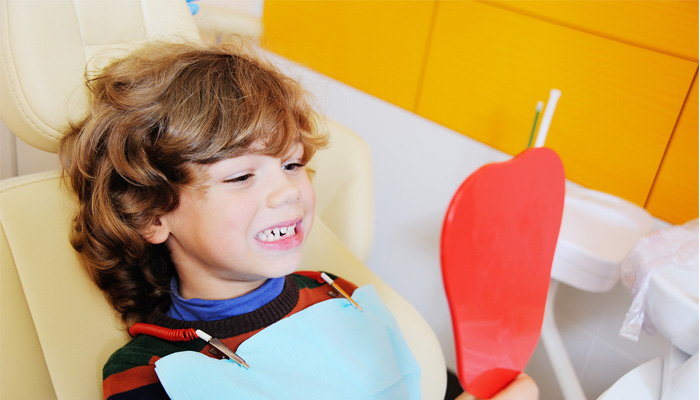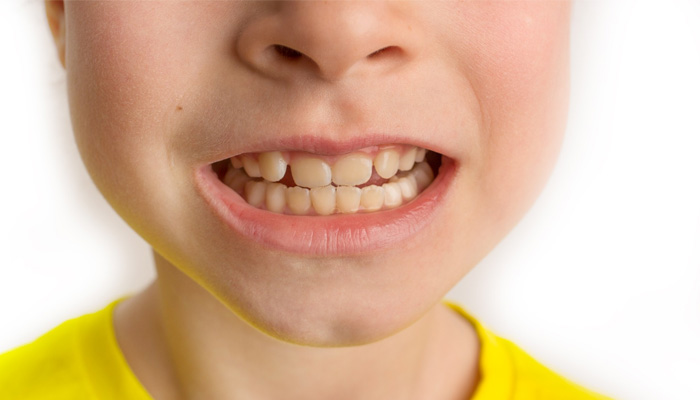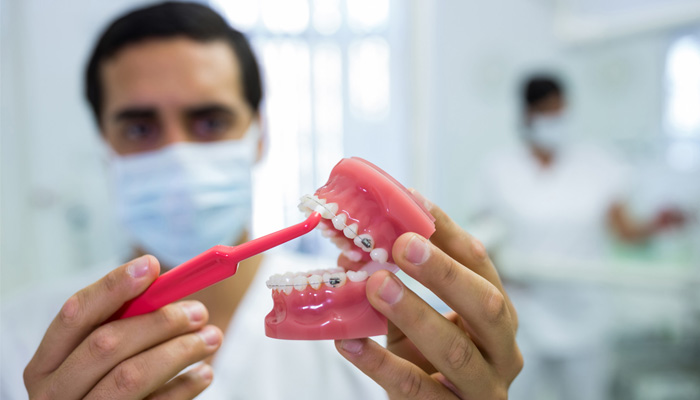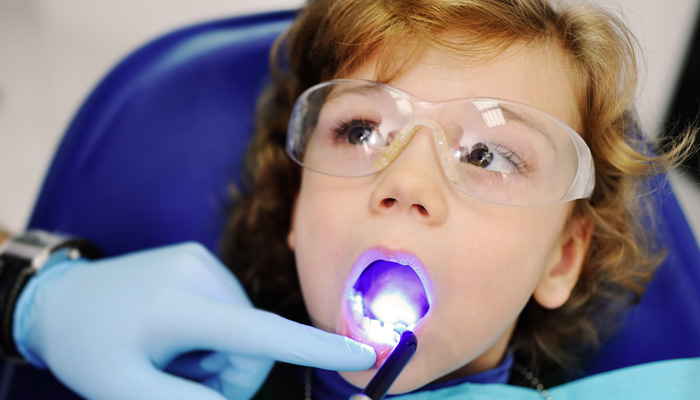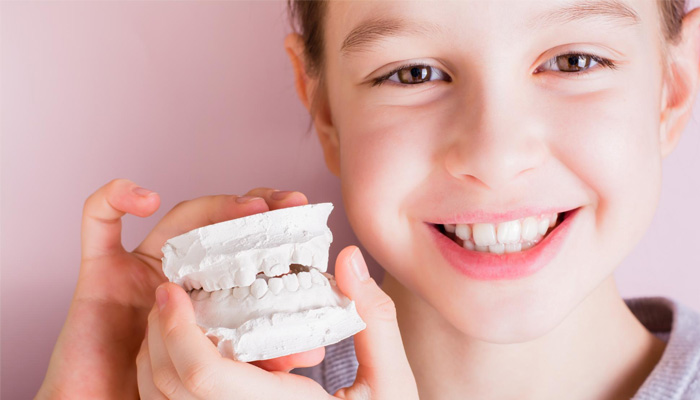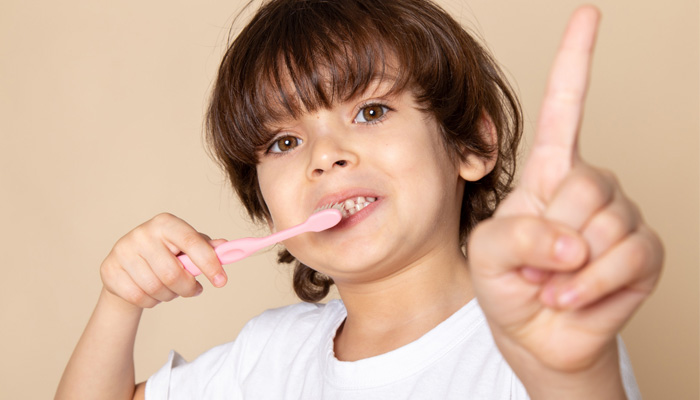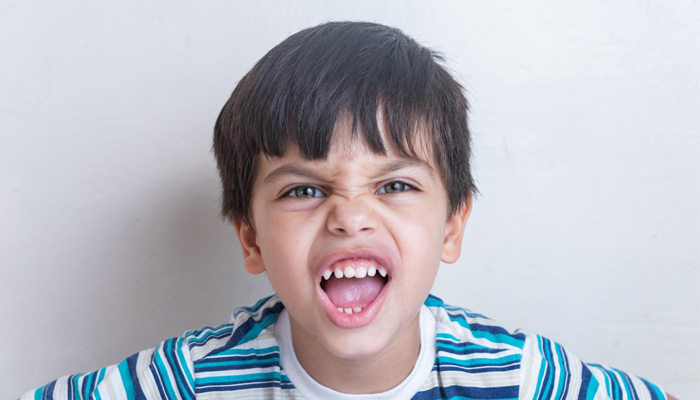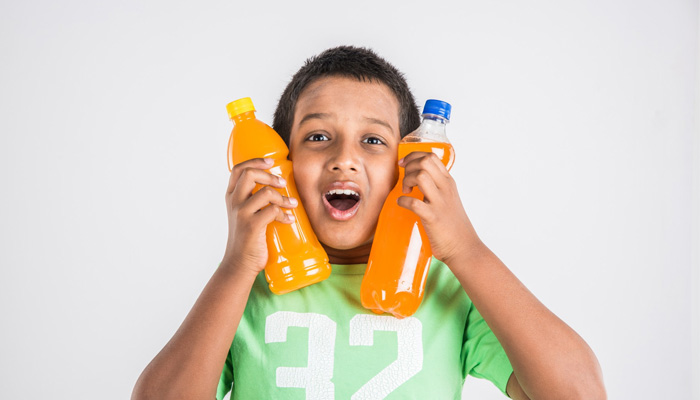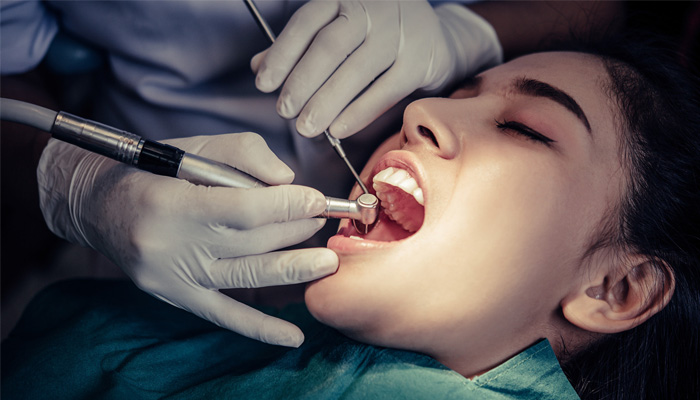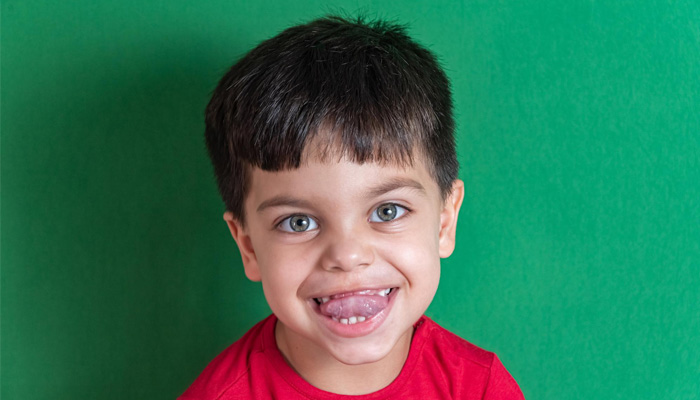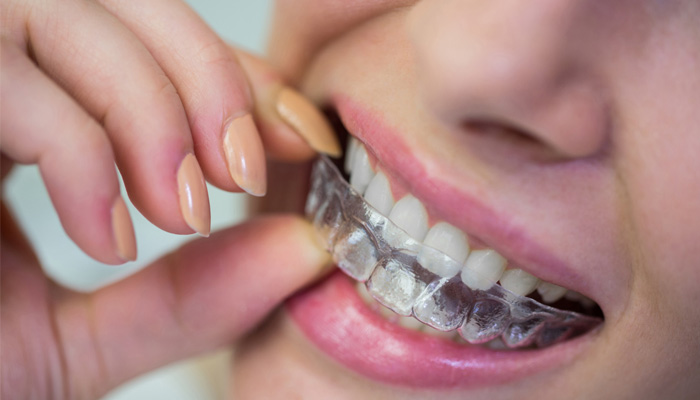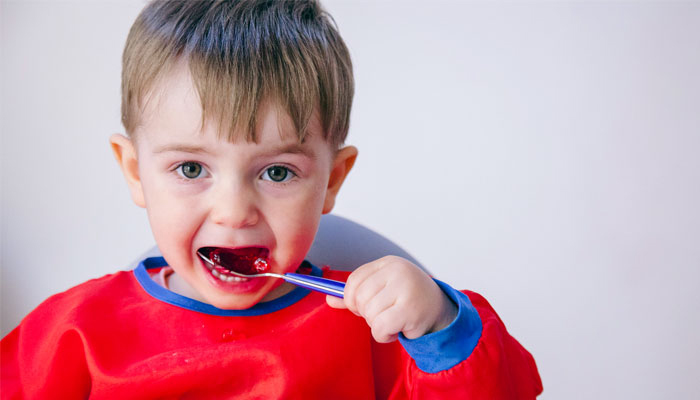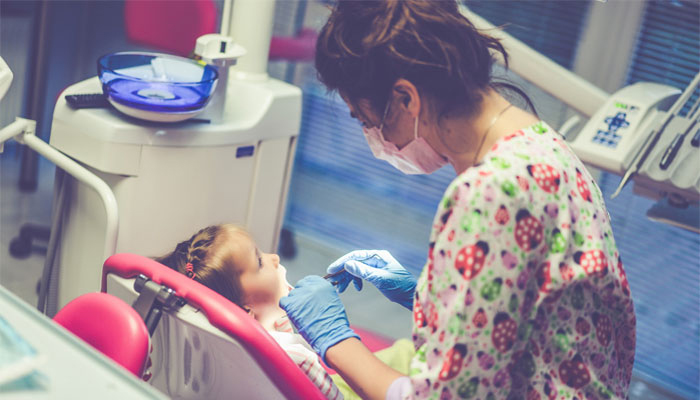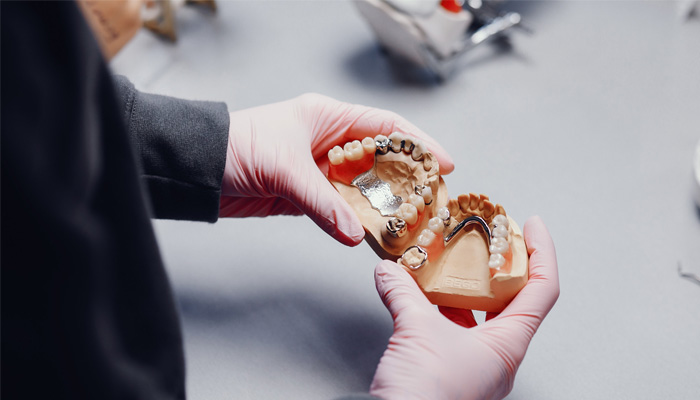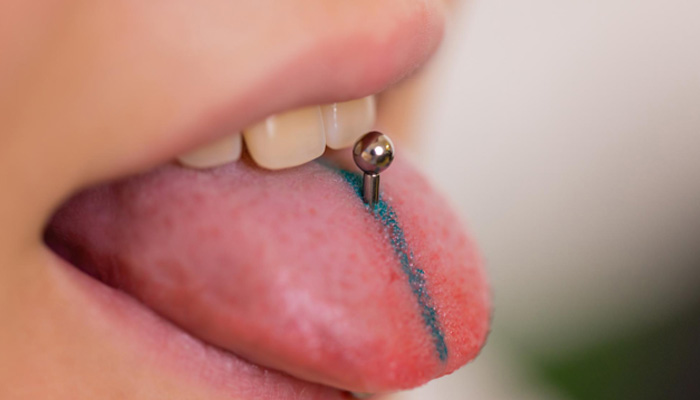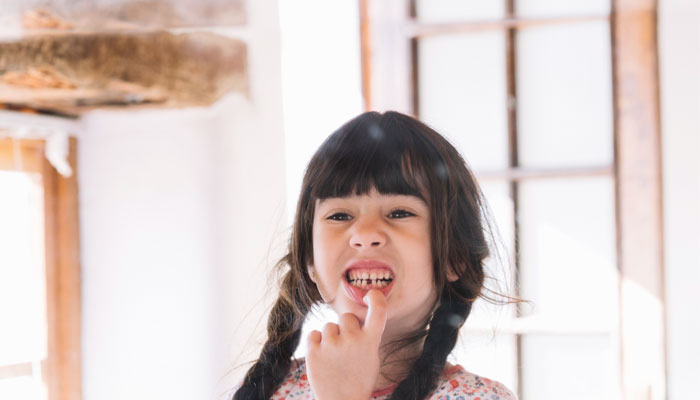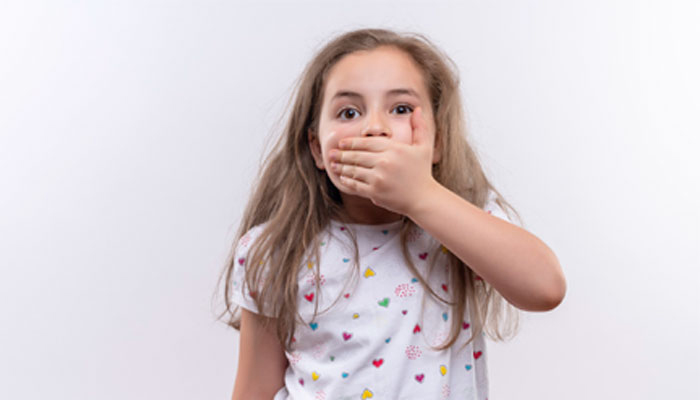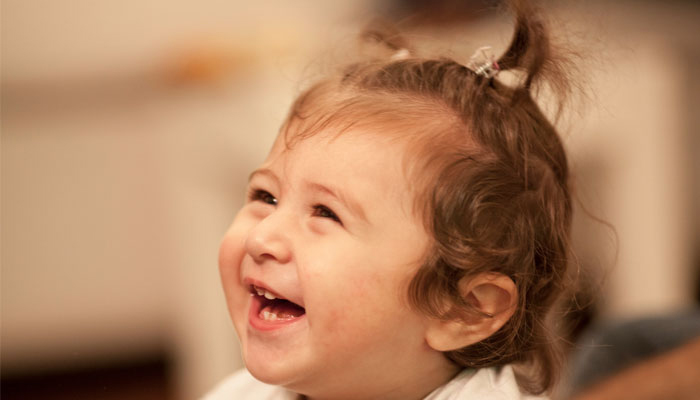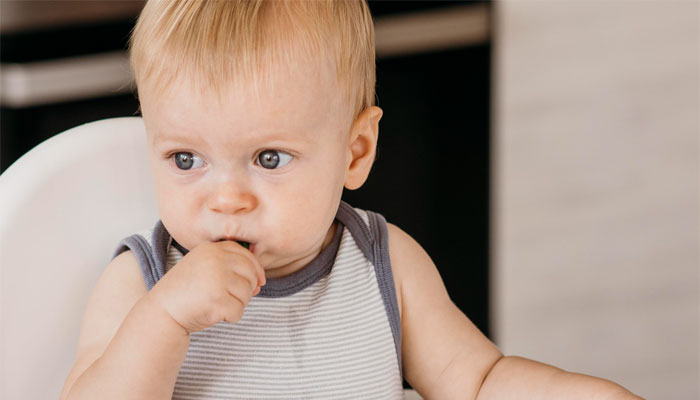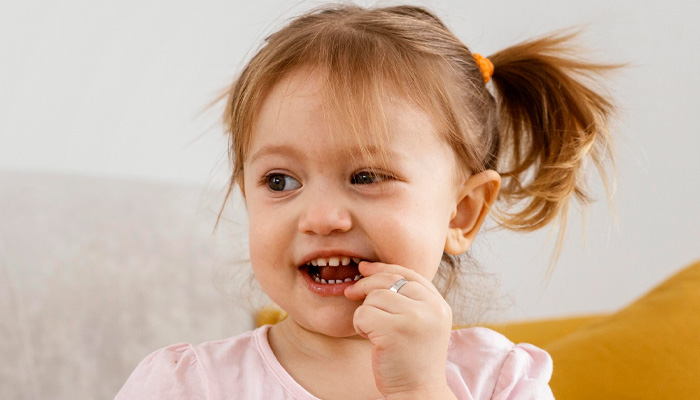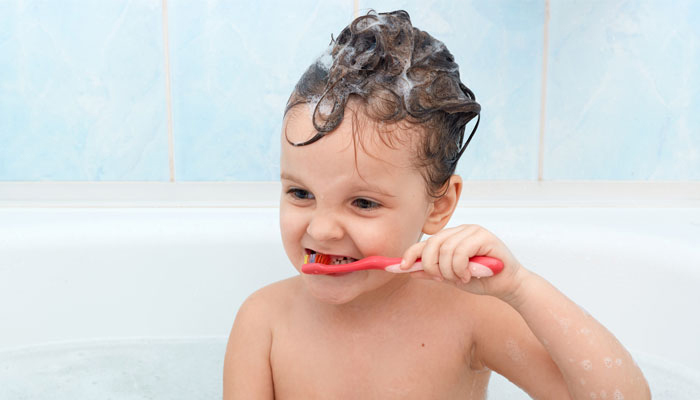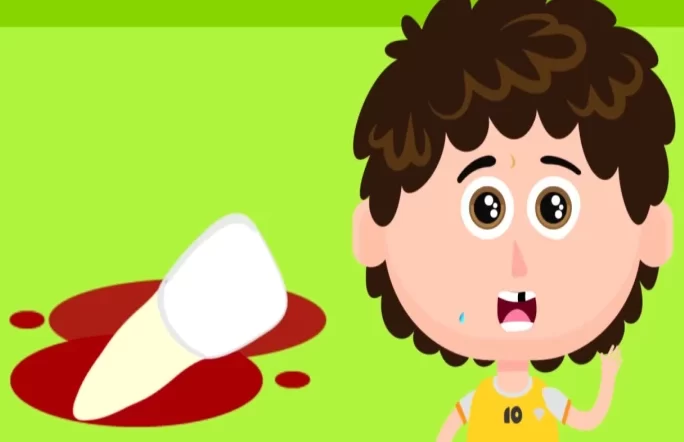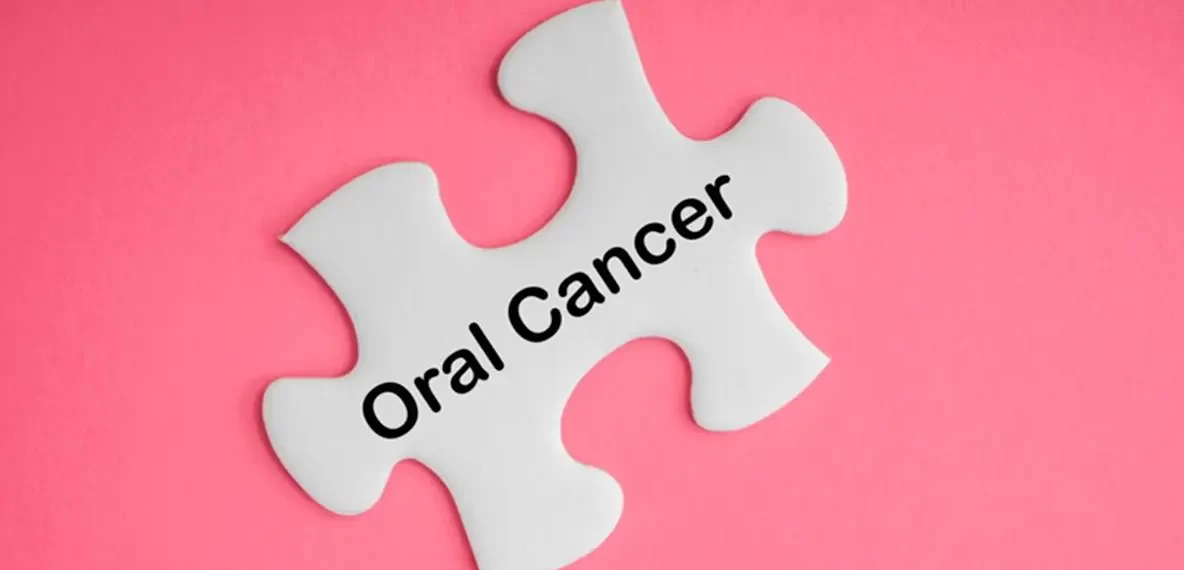A broken jaw is a common type of facial fracture. In children, this can be a result of a fall or a sports injury. It is an injury to the joints that connect the lower jawbone to the skull. The common areas of jaw fractures are the angle (jaw curves), condyle (joint at the top of the jaw bone), and symphysis (two sides of the jawbone). The temporomandibular joint is one such joint that is commonly affected during a jaw fracture and causes pain and difficulty while eating and breathing.
If a child is suspected of having a broken jaw or jaw injury, apply a cold compress to reduce the swelling and take the child to the nearest hospital immediately.
Causes
- Sports injures
- Accidental falls
- Physical assaults
- Vehicle accidents
Sometimes, fractured jaws also occur after a dental or medical procedure, either accidentally or due to negligence.
Signs and Symptoms
- Severe jaw pain
- Jaw tenderness
- Bleeding from the nose or mouth
- Bruising on the cheek area
- Unable to open jaw
- Numbness of lower lips
- Loose teeth
Treatment
The type of treatment depends on the severity of the injury.
Antibiotics: Take dentist-suggested medications to help with pain management and the prevention of bacterial infections. A broken jawbone is associated with many gum problems and damaged tissues, which should be treated with antibiotics.
Jaw wiring: It is a procedure in which wires and metal pins tie up the jawbones to keep the jaw from moving. The wiring may be necessary for children during accidental falls to keep the bones in an aligned position until the jaw heals.
Surgery: Unstable fractures require surgery by a maxillofacial surgeon. Surgical methods like wiring, plates, and screws on the site help get the jawbone to its original position.
Complications of a broken jaw
- Difficulty in eating
- Airway blockage
- Infection of the jaw
- Irregular Alignment of teeth
- Bleeding
- Joint problems of the jaw





